Home>Gardening & Outdoor>Plant Care & Gardening Tips>When Is Wildflower Season In Washington (WA)
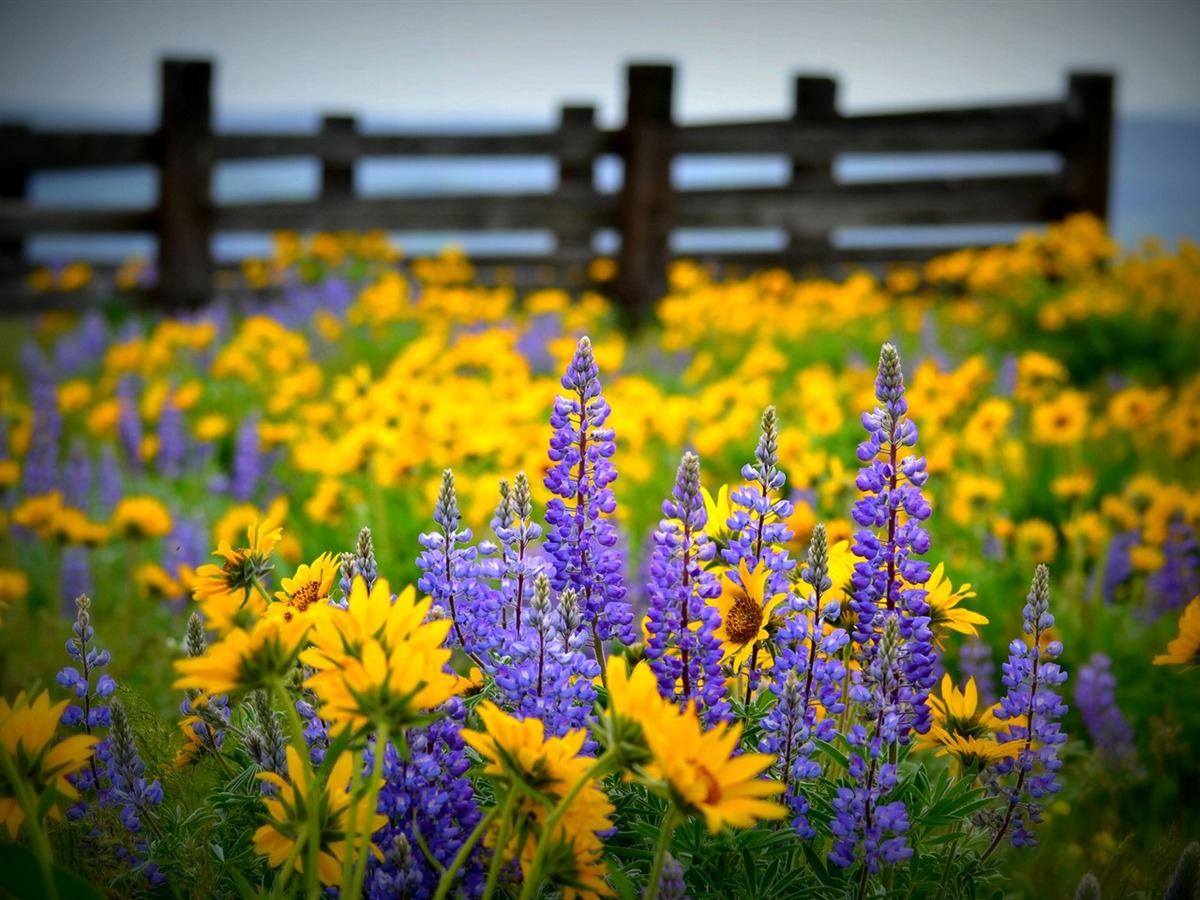

Plant Care & Gardening Tips
When Is Wildflower Season In Washington (WA)
Modified: January 9, 2024
Discover the best time for wildflower viewing in Washington and get expert plant care and gardening tips for a vibrant and colorful garden. Explore the wildflower season in WA!
(Many of the links in this article redirect to a specific reviewed product. Your purchase of these products through affiliate links helps to generate commission for Storables.com, at no extra cost. Learn more)
Introduction
Wildflower Season in Washington (WA)
Washington state is renowned for its stunning natural beauty, and one of the most captivating displays of this beauty is the wildflower season. As the winter frost surrenders to the gentle kiss of spring, the landscape transforms into a vibrant tapestry of colors, with wildflowers blooming across meadows, valleys, and mountainsides. The wildflower season in Washington is a time of enchantment, drawing nature enthusiasts, photographers, and hikers to witness the breathtaking spectacle.
The wildflower season typically begins in late spring and extends through the summer months, offering a diverse array of floral wonders to behold. From delicate lupines to vibrant Indian paintbrushes, the state's wildflowers paint a picture of unparalleled charm and diversity. Each bloom tells a story of resilience, adaptation, and natural artistry, making the wildflower season a cherished annual event for both locals and visitors.
In this article, we will delve into the enchanting world of wildflowers in Washington, exploring the best places to witness these natural marvels, the factors influencing wildflower blooms, and tips for fully embracing the splendor of the wildflower season. Whether you are an avid hiker, a photography enthusiast, or simply someone who appreciates the beauty of nature, the wildflower season in Washington is an experience not to be missed. So, lace up your hiking boots, grab your camera, and let's embark on a journey to discover the mesmerizing wildflower season in Washington.
Key Takeaways:
- Washington’s wildflower season, from late spring to summer, offers a vibrant tapestry of colors, captivating nature enthusiasts, photographers, and hikers with its diverse floral wonders.
- To fully embrace Washington’s wildflower season, plan your visit, stay informed, respect nature, bring essential gear, practice photography etiquette, engage your senses, learn and share, and leave no trace.
Read more: When Is Montana Wildflower Season
Wildflower Season in Washington
Washington’s wildflower season is a time of unparalleled natural beauty, offering a captivating display of flora that blankets the landscape in a kaleidoscope of hues. The season typically begins in late spring, around April or May, as the snow melts and the sun’s warmth coaxes the first blooms to emerge. From the lowland meadows to the alpine slopes, wildflowers grace the state with their vibrant presence, creating an awe-inspiring spectacle for all who venture into the great outdoors.
One of the most remarkable aspects of the wildflower season in Washington is the sheer variety of flowers that adorn the terrain. Lupines, paintbrushes, lilies, asters, and a multitude of other species burst into bloom, each contributing its unique color and form to the overall tapestry of wild beauty. The lower elevations, including the Columbia River Gorge and the Puget Sound region, showcase an early profusion of wildflowers, while the higher elevations, such as the subalpine and alpine zones of the Cascade and Olympic Mountains, come alive with vibrant blooms as summer progresses.
For those who are passionate about photography, the wildflower season presents an unparalleled opportunity to capture the splendor of nature. The interplay of light and color, combined with the breathtaking backdrop of Washington’s diverse landscapes, provides an endless canvas for photographers to immortalize the fleeting beauty of the wildflowers.
Furthermore, the wildflower season is not only a visual feast but also a sensory delight. The air is often filled with the sweet fragrance of blossoms, and the gentle hum of bees and butterflies adds a melodious charm to the natural symphony. The experience of strolling through a meadow adorned with wildflowers is a truly immersive sensory encounter, evoking a profound appreciation for the wonders of the natural world.
As the wildflower season unfolds, it beckons both seasoned hikers and casual strollers to explore the myriad trails that wind through Washington’s scenic landscapes. Whether you seek a challenging alpine ascent or a leisurely amble through a wildflower-strewn meadow, the state offers an abundance of opportunities to immerse yourself in the enchanting beauty of the wildflowers.
Best Places to See Wildflowers in Washington
Washington state boasts an array of breathtaking locations where wildflowers adorn the landscape in a breathtaking display of natural artistry. These destinations offer a glimpse into the diverse ecosystems that foster the growth of an impressive variety of wildflowers, creating an immersive experience for nature enthusiasts and adventurers alike.
- Mount Rainier National Park: Renowned for its stunning alpine meadows, Mount Rainier National Park is a haven for wildflower enthusiasts. From mid-July through August, the park’s subalpine and alpine meadows burst into a riot of colors, with vibrant displays of lupines, paintbrushes, asters, and other wildflowers carpeting the slopes. The iconic Paradise and Sunrise areas are particularly renowned for their spectacular wildflower blooms, offering visitors an unforgettable floral extravaganza against the backdrop of the majestic Mount Rainier.
- Columbia River Gorge: The Columbia River Gorge, with its dramatic cliffs, cascading waterfalls, and diverse flora, is a wildflower paradise. In the spring, the lower elevations of the gorge explode with a profusion of wildflowers, including balsamroot, lupine, and desert parsley. The Catherine Creek area and the Tom McCall Nature Preserve are popular spots for witnessing the vibrant wildflower displays that adorn the gorge’s undulating hills and rocky outcrops.
- Olympic National Park: With its rich tapestry of ecosystems, Olympic National Park offers a captivating wildflower spectacle. The subalpine meadows of Hurricane Ridge and the lush Hoh Rainforest are adorned with an array of wildflowers, including avalanche lilies, tiger lilies, and avalanche lilies. The park’s diverse landscapes provide a stunning backdrop for capturing the beauty of the wildflowers in their natural habitat.
- North Cascades National Park: The North Cascades, known for their rugged peaks and pristine wilderness, are adorned with an array of wildflowers during the summer months. Visitors can explore the meadows along the Cascade Pass Trail, where they will encounter an array of alpine flowers, including pink mountain heather, yellow arnica, and purple lupine. The alpine meadows of the park offer a serene and picturesque setting for experiencing the wildflower season.
These are just a few of the many enchanting locations in Washington where wildflowers flourish, each offering a unique and unforgettable experience for those seeking to immerse themselves in the splendor of the wildflower season.
Wildflower season in Washington typically peaks from late April to early August, with the best time to see them being late spring to early summer. Some popular spots to see wildflowers include Mount Rainier, North Cascades National Park, and Olympic National Park.
Factors Affecting Wildflower Blooms
The blooming of wildflowers is a delicate and intricate process influenced by a myriad of environmental factors. Understanding these factors can provide insight into the timing and abundance of wildflower displays, allowing enthusiasts to anticipate and appreciate the natural rhythms of the floral landscape.
Climate and Weather: The climate and weather patterns play a pivotal role in shaping wildflower blooms. Adequate precipitation, particularly during the winter and early spring, is essential for nourishing the seeds and bulbs of wildflowers. Additionally, temperature fluctuations, including frost events and late-season snowfall, can impact the timing and duration of wildflower blooms, influencing the overall spectacle of the wildflower season.
Elevation and Microclimates: Elevation exerts a significant influence on the timing of wildflower blooms, with lower elevations experiencing earlier blooms compared to high alpine areas. Furthermore, microclimates, such as sheltered valleys and south-facing slopes, can create localized variations in blooming times and floral diversity, adding complexity and diversity to the wildflower displays across different landscapes.
Soil Conditions: The composition and fertility of the soil play a crucial role in supporting wildflower blooms. Well-drained soils with adequate nutrients provide an optimal environment for wildflowers to thrive, while excessively wet or nutrient-poor soils may hinder the growth and abundance of certain species. Understanding the soil conditions of a particular area can offer insights into the types of wildflowers that are likely to bloom in that location.
Wildfire and Disturbance: Wildfires and other natural disturbances can have a profound impact on wildflower blooms. In some cases, certain wildflower species have evolved to thrive in post-fire environments, leading to vibrant displays of fire-adapted blooms in the years following a wildfire. Understanding the ecological role of wildfire in shaping wildflower habitats adds a fascinating dimension to the appreciation of wildflower displays in areas with a history of fire activity.
Human Impact: Human activities, including land use changes, urban development, and invasive species introductions, can alter the natural habitats of wildflowers, potentially affecting their abundance and distribution. Conservation efforts and responsible land management play a crucial role in preserving the diverse ecosystems that support wildflower populations, ensuring that future generations can continue to experience the beauty of wildflower blooms.
By considering these factors, nature enthusiasts can gain a deeper appreciation for the intricate ecological dynamics that govern wildflower blooms, fostering a greater understanding of the natural processes that shape the captivating displays of floral abundance across Washington’s diverse landscapes.
Tips for Enjoying Wildflower Season in Washington
As you prepare to immerse yourself in the enchanting world of wildflowers in Washington, consider these tips to make the most of your experience during the wildflower season.
- Plan Your Visit: Research the peak blooming periods for different wildflower species and regions in Washington. Consider visiting multiple locations to witness a diverse array of blooms throughout the season.
- Stay Informed: Check with local park rangers, visitor centers, or online resources for up-to-date information on trail conditions, blooming status, and any specific guidelines for wildflower viewing in protected areas.
- Respect Nature: Stay on designated trails to avoid trampling delicate wildflowers. Refrain from picking or disturbing the flowers, as they play a vital role in the ecosystem and provide sustenance for pollinators.
- Bring Essential Gear: Be prepared for varying weather conditions, especially if you plan to explore higher elevations. Pack water, snacks, sunscreen, insect repellent, and appropriate footwear for hiking.
- Photography Etiquette: If you’re capturing the beauty of wildflowers through photography, be mindful of your surroundings. Avoid blocking trails or damaging vegetation to get the perfect shot, and respect the natural setting as you compose your photographs.
- Embrace the Details: Take the time to observe the intricate details of individual wildflowers. Marvel at their diverse shapes, colors, and adaptations, and appreciate the intricate relationships between the flowers and their pollinators.
- Engage Your Senses: Immerse yourself in the sensory experience of the wildflower season. Breathe in the fragrant aromas, listen to the rustling of petals in the breeze, and relish the vibrant colors that adorn the landscape.
- Learn and Share: Educate yourself about the wildflowers you encounter. Consider bringing a guidebook or using a plant identification app to learn about the different species. Share your knowledge and experiences with others to foster a deeper appreciation for wildflowers.
- Leave No Trace: Practice Leave No Trace principles by carrying out any waste, minimizing your impact on the environment, and leaving the wildflower habitats undisturbed for others to enjoy.
By following these tips, you can embark on a fulfilling and respectful journey through Washington’s wildflower season, creating lasting memories while preserving the natural beauty of these exquisite floral displays for future generations to cherish.
Read more: When Is Wildflower Season In Pennsylvania
Conclusion
The wildflower season in Washington is a time of wonder and discovery, inviting individuals to embrace the splendor of nature’s floral masterpieces. As the landscape awakens with a profusion of blooms, the air becomes infused with the sweet scents of wildflowers, and the vibrant colors paint a mesmerizing portrait of natural beauty. Whether you are an avid hiker, a photography enthusiast, or simply someone who revels in the tranquility of the outdoors, the wildflower season offers an unparalleled opportunity to immerse yourself in the captivating allure of Washington’s diverse flora.
From the majestic slopes of Mount Rainier to the serene meadows of Olympic National Park, the state’s landscapes provide a canvas for an extraordinary display of wildflowers, each species contributing its unique charm to the tapestry of colors. The wildflower season is not merely a visual feast but a sensory symphony, engaging the senses with the delicate fragrances, gentle rustling of petals, and vibrant hues that adorn the natural world.
As we venture into the wildflower season, it is essential to approach this natural spectacle with reverence and mindfulness. Respecting the delicate ecosystems that nurture these blooms ensures that future generations can continue to revel in the beauty of Washington’s wildflowers. By following responsible viewing practices, staying informed about blooming periods, and embracing the details and diversity of the floral landscape, we can forge a deeper connection with the natural world and cultivate a profound appreciation for the intricate beauty of wildflowers.
Whether you find solace in a solitary stroll through a wildflower-strewn meadow or revel in the camaraderie of sharing this experience with fellow enthusiasts, the wildflower season in Washington beckons us to pause, reflect, and marvel at the enduring resilience and captivating artistry of these floral treasures.
So, as the wildflower season unfolds, let us tread lightly, observe intently, and cherish deeply the ephemeral yet enduring beauty of Washington’s wildflowers, knowing that each bloom is a testament to the resilience and grace of the natural world.
Frequently Asked Questions about When Is Wildflower Season In Washington (WA)
Was this page helpful?
At Storables.com, we guarantee accurate and reliable information. Our content, validated by Expert Board Contributors, is crafted following stringent Editorial Policies. We're committed to providing you with well-researched, expert-backed insights for all your informational needs.
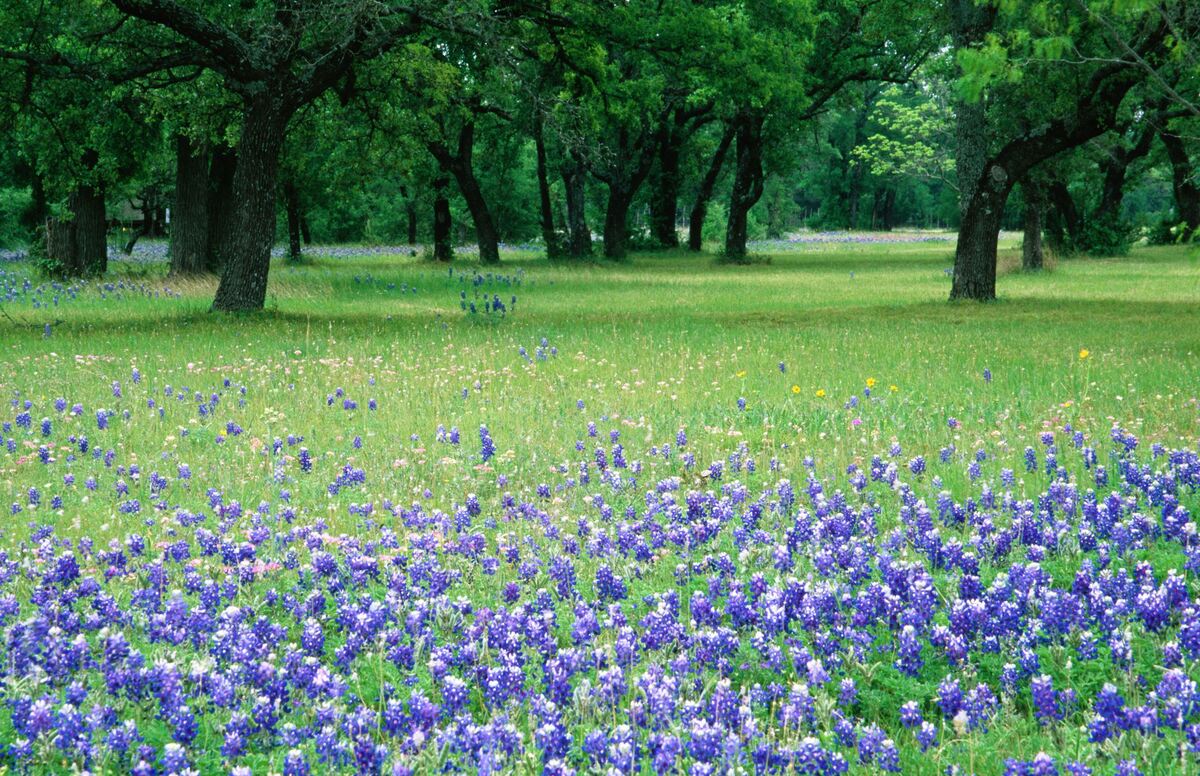
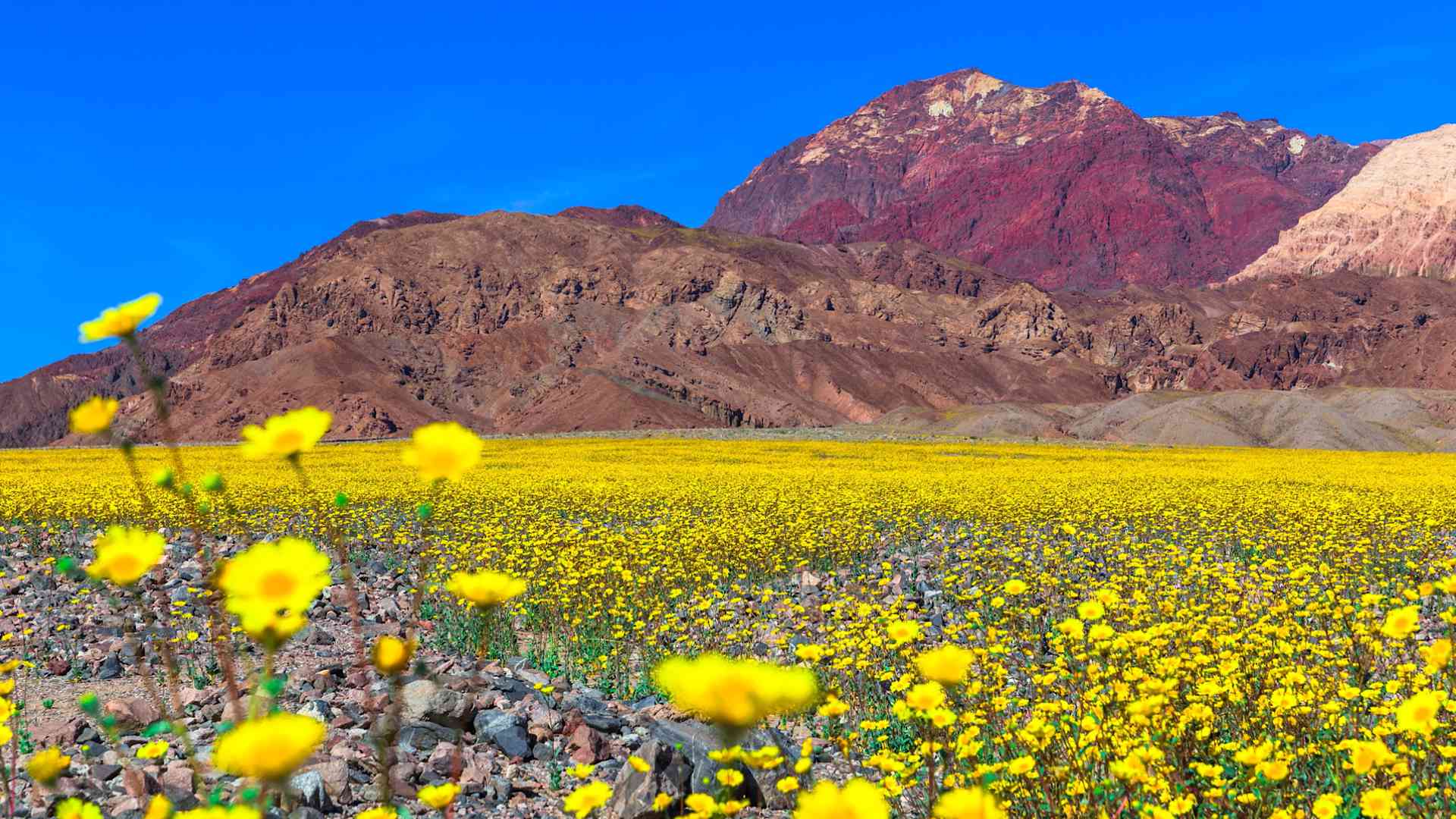
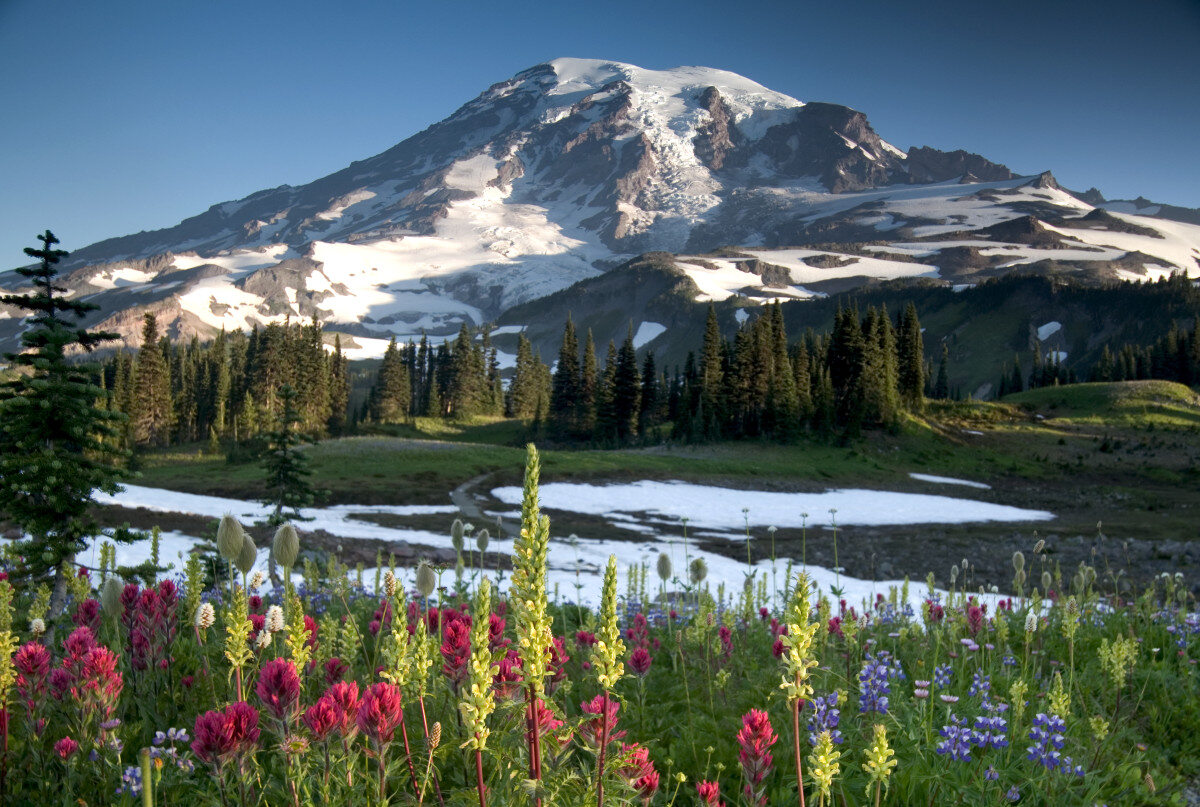
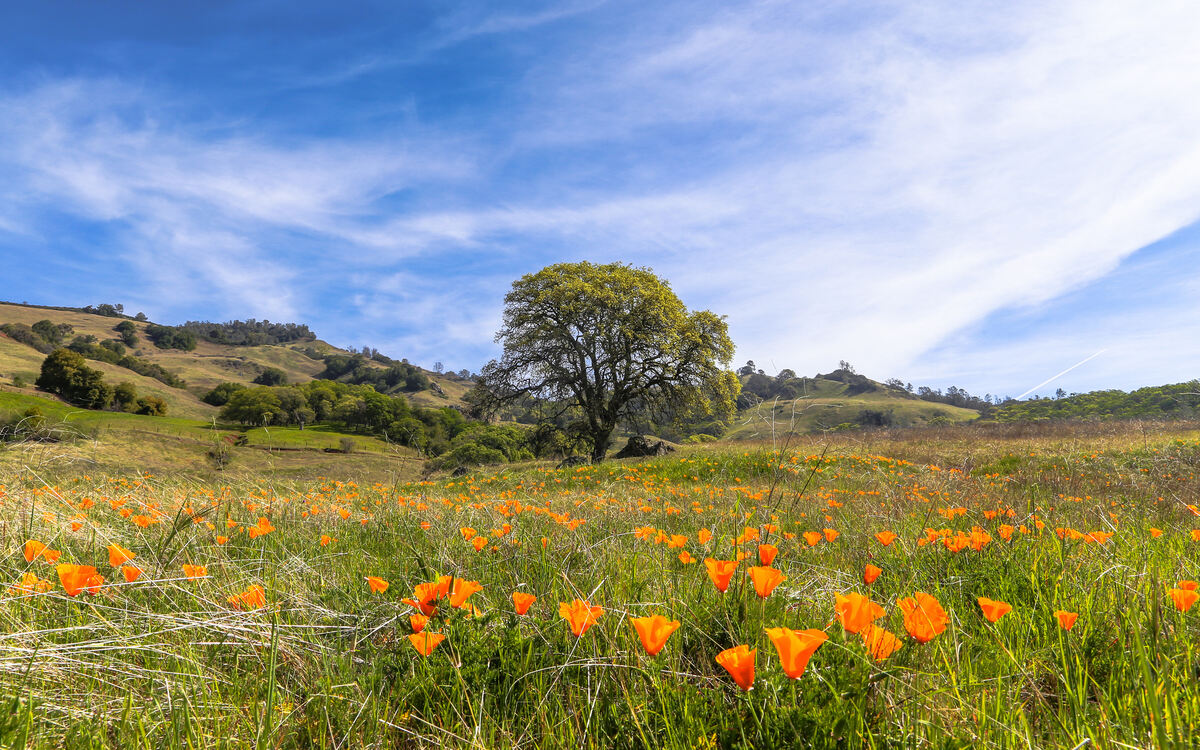
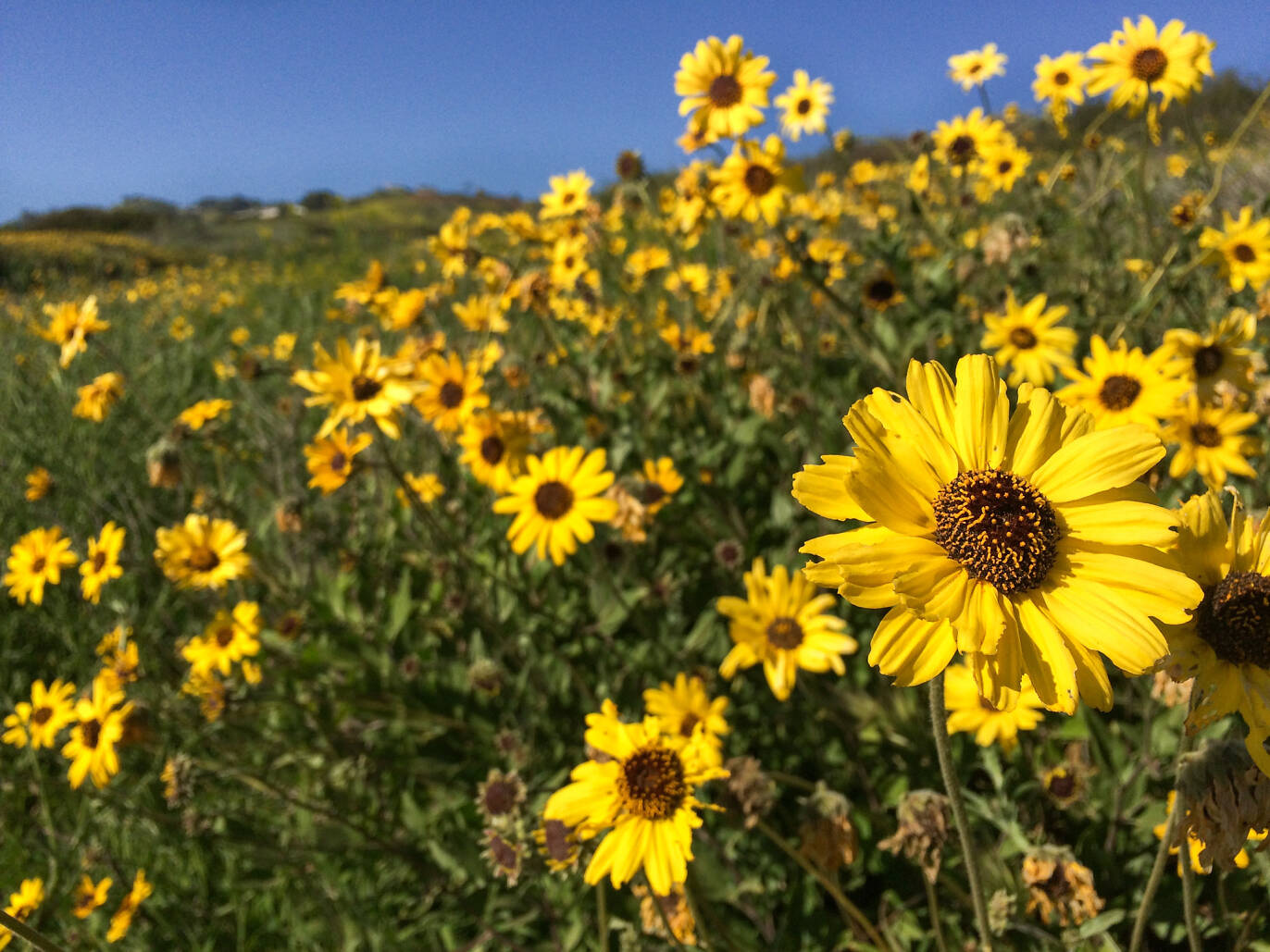
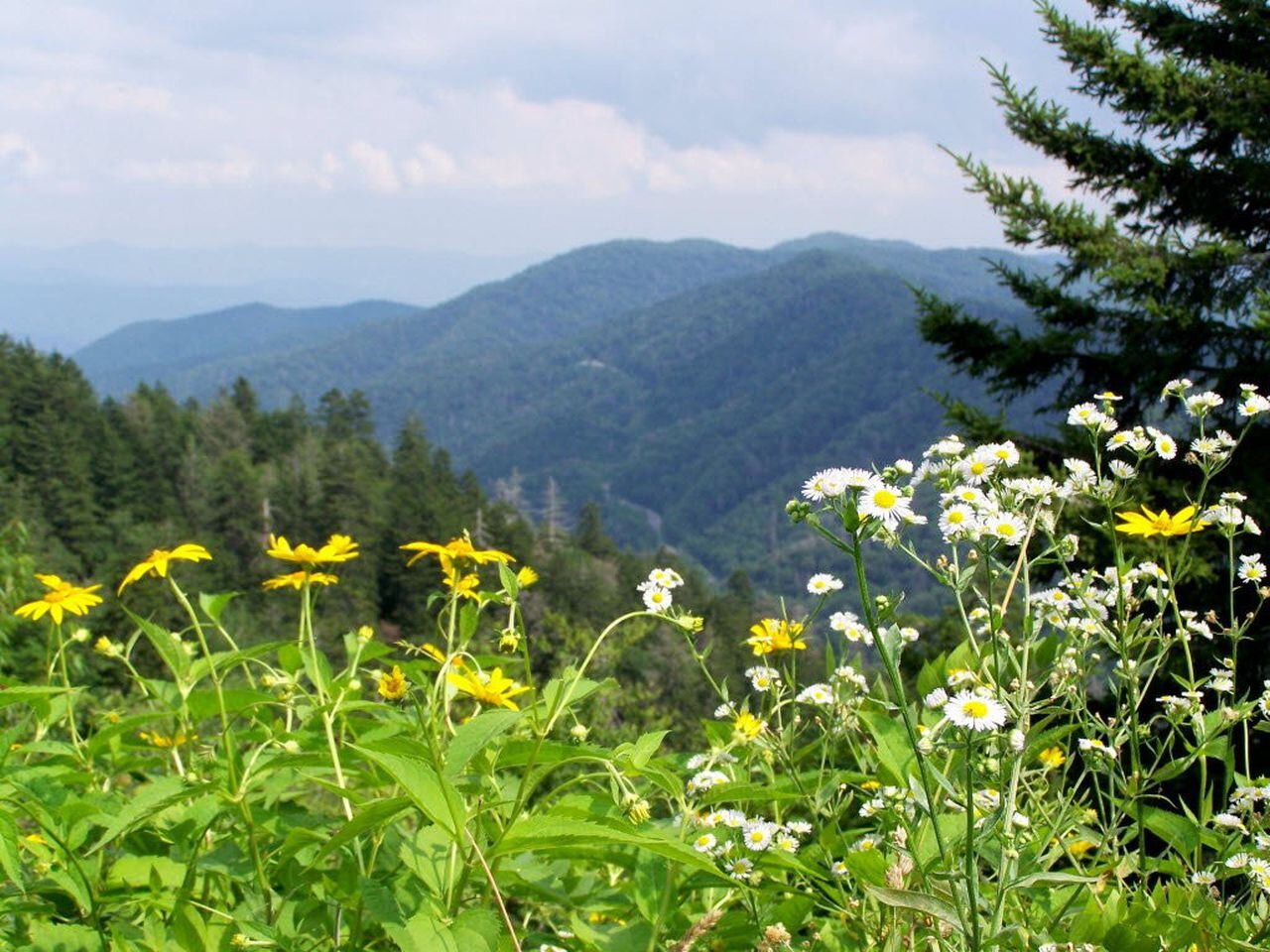
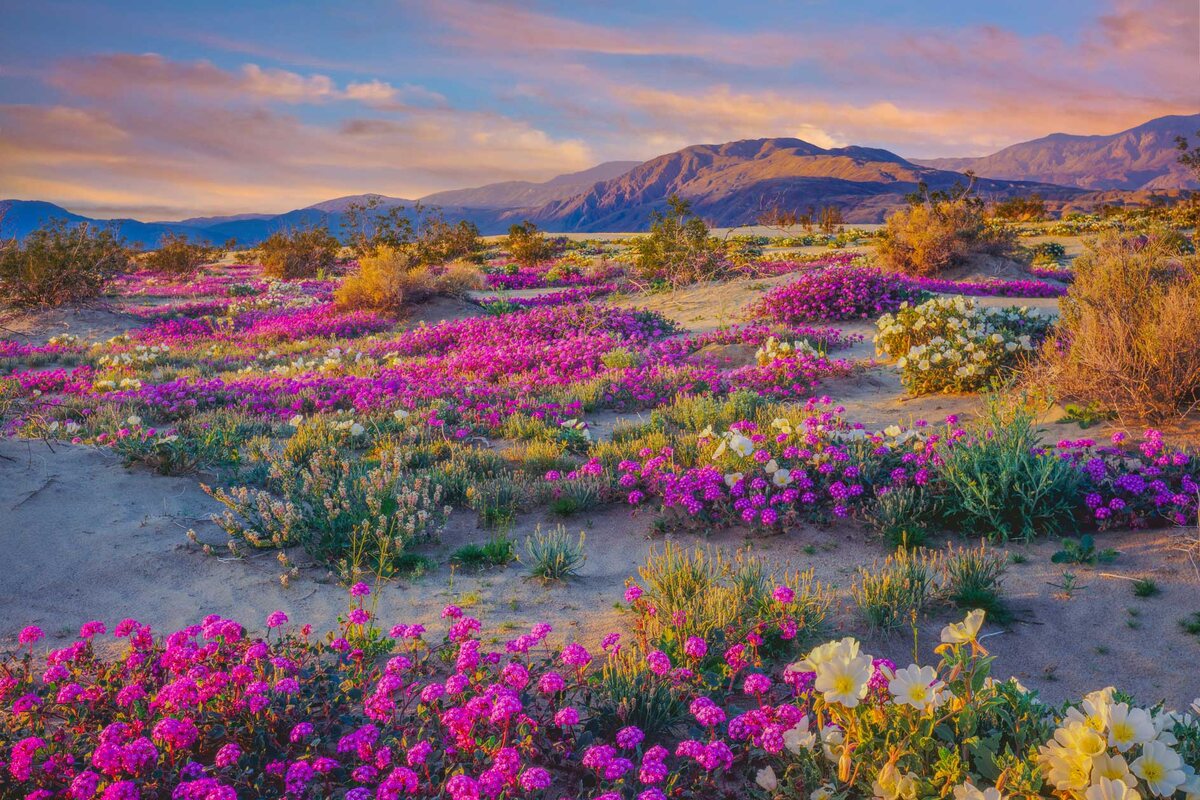
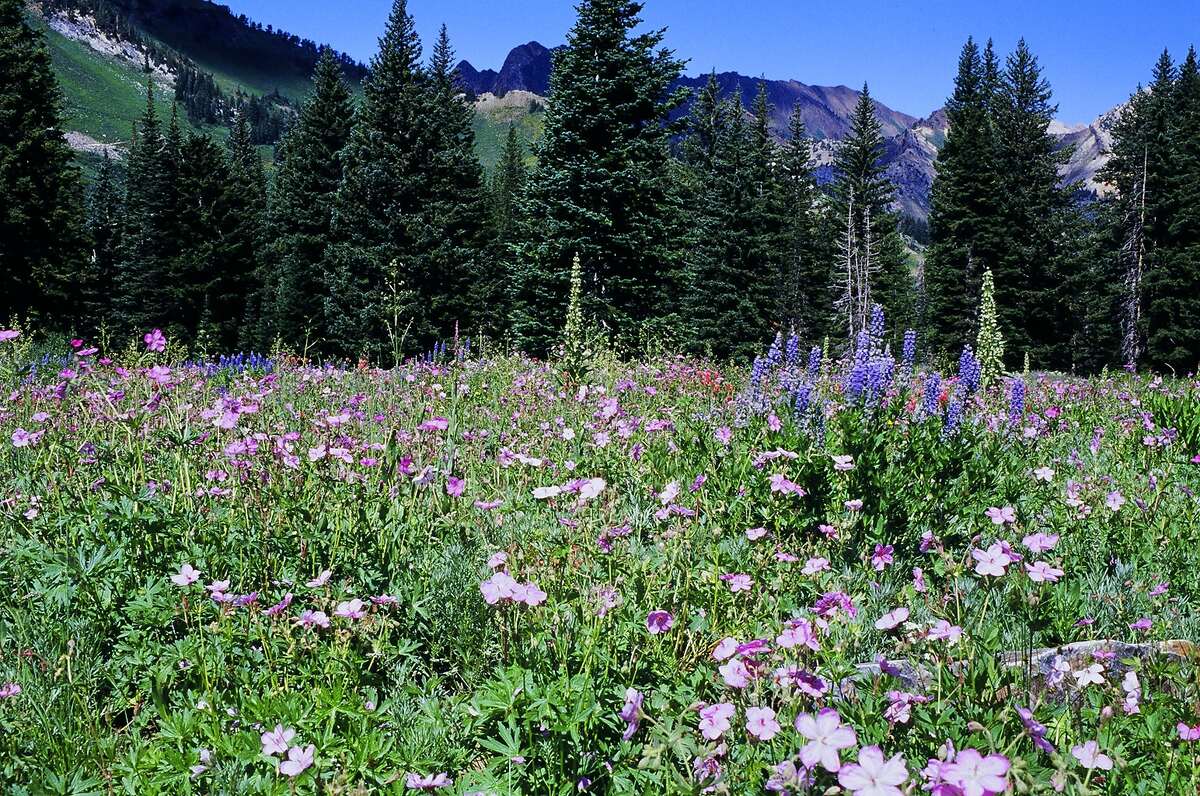

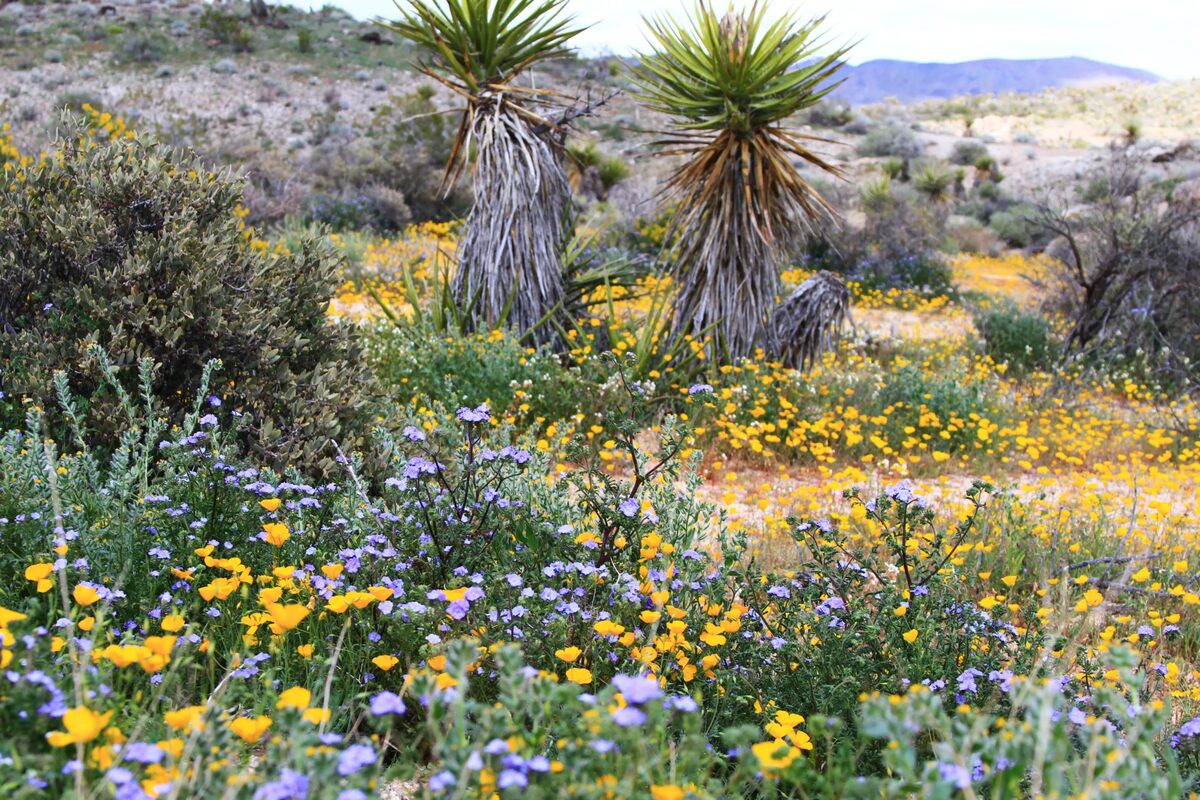
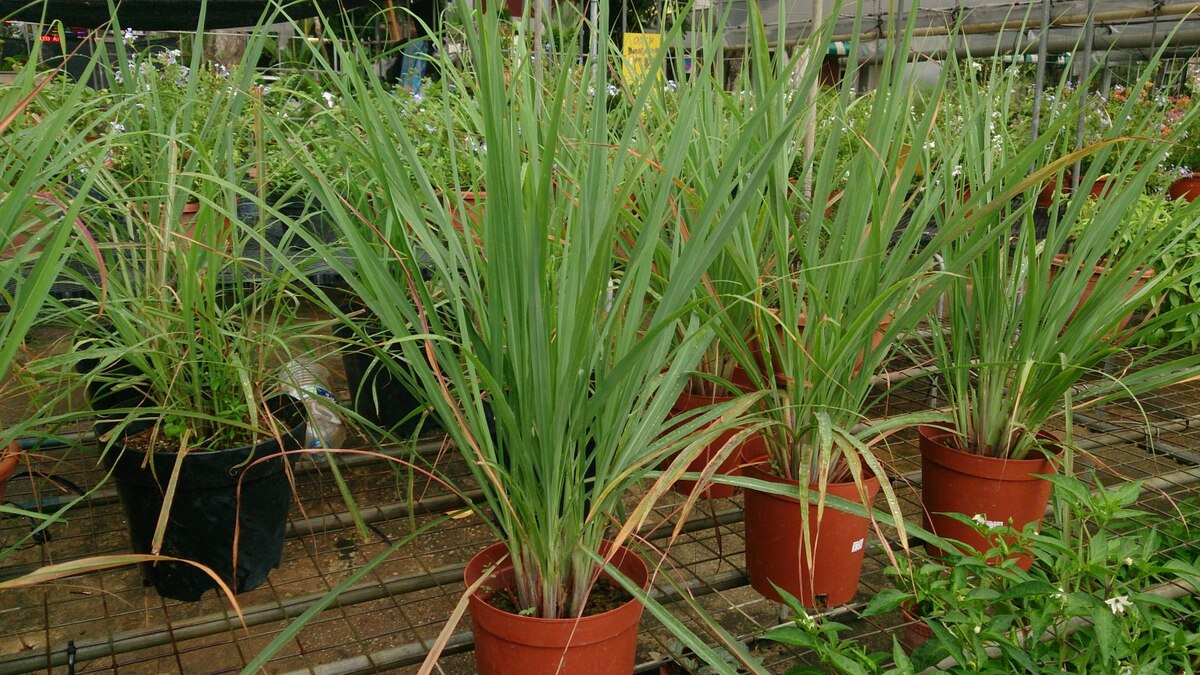
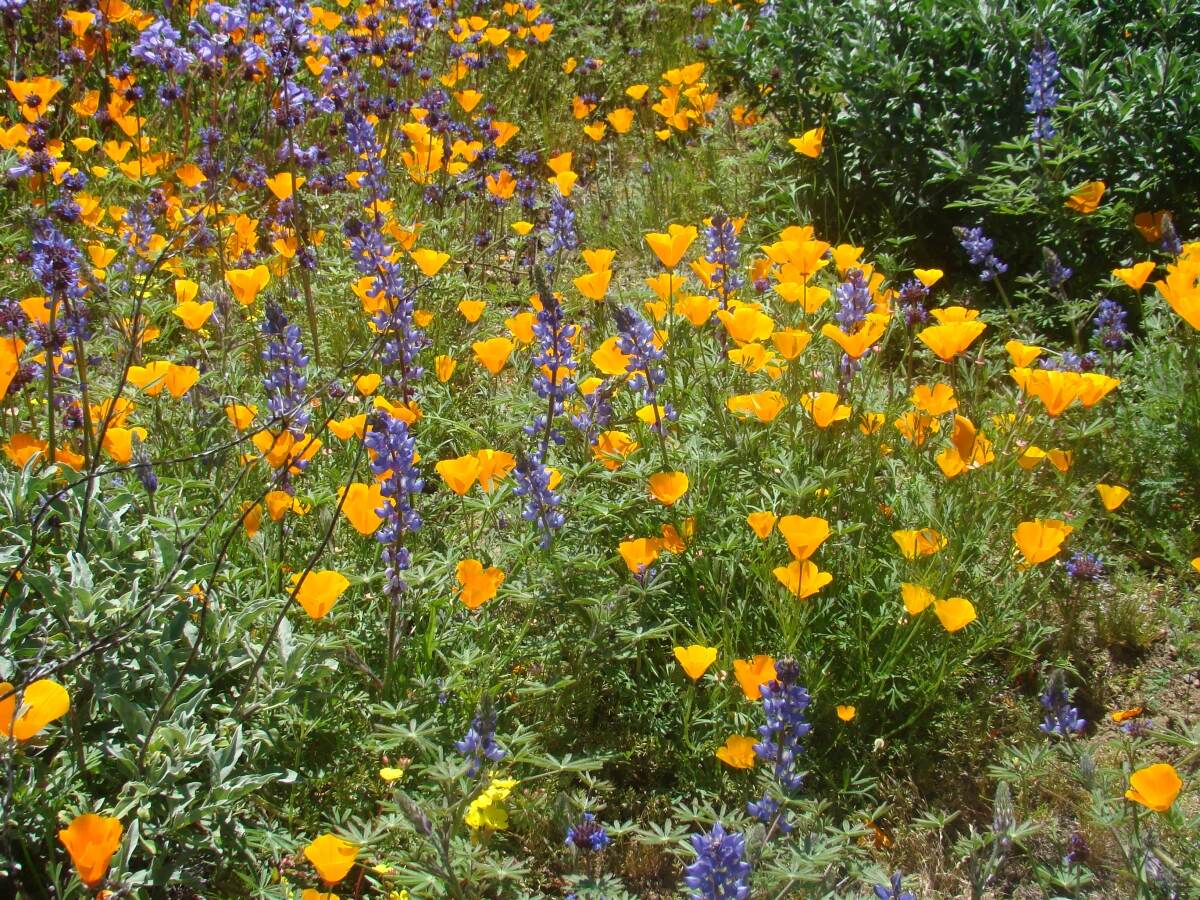
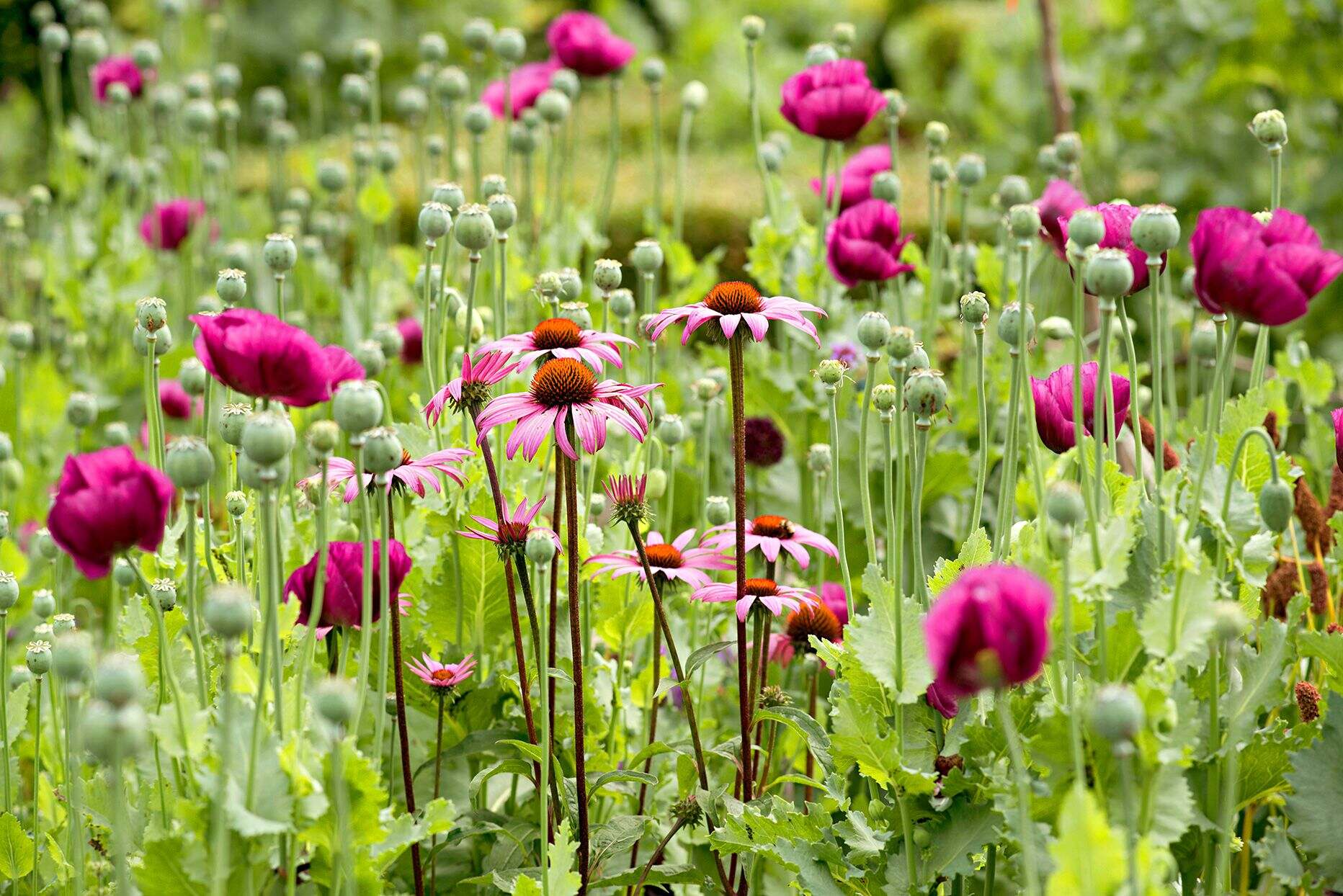
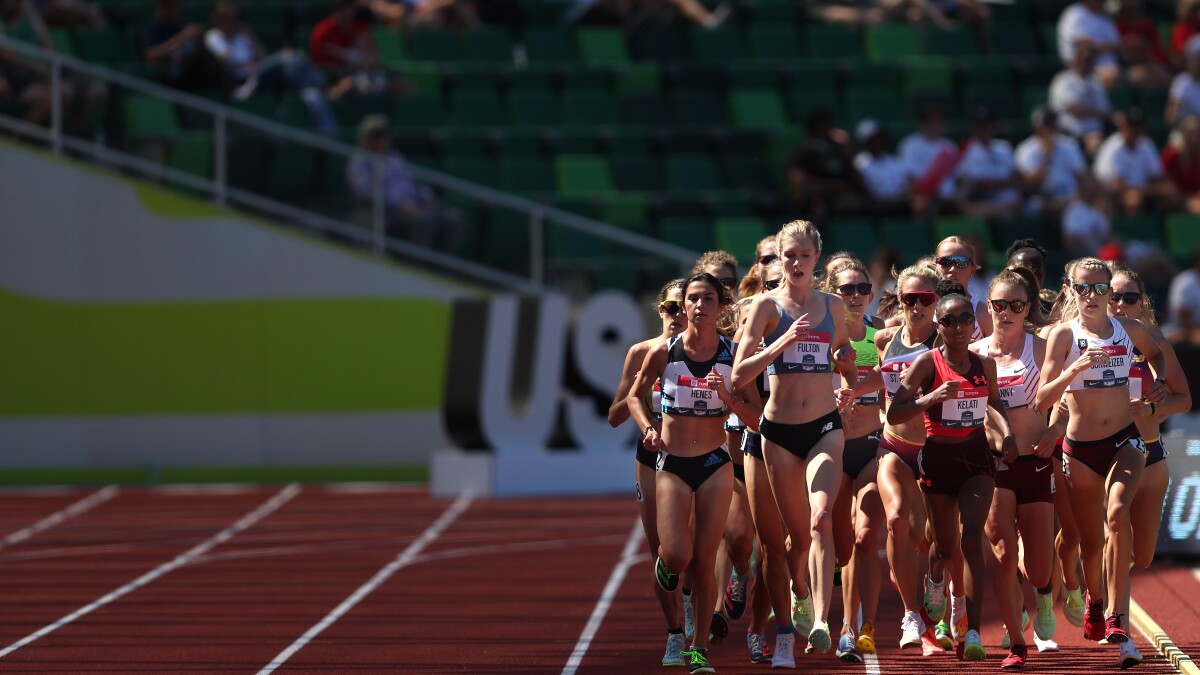

0 thoughts on “When Is Wildflower Season In Washington (WA)”